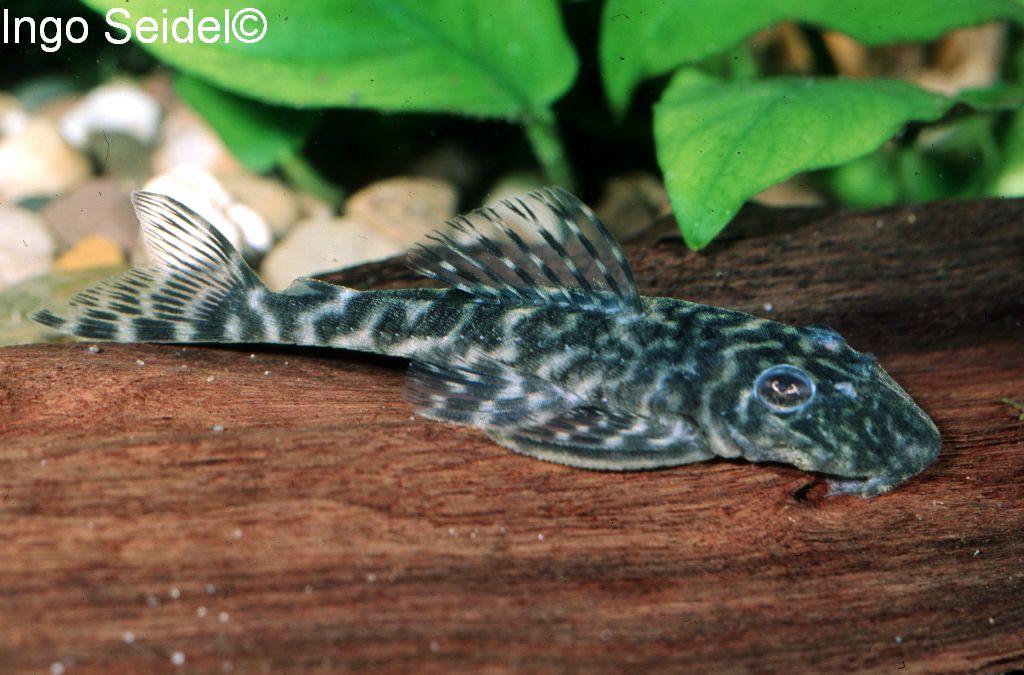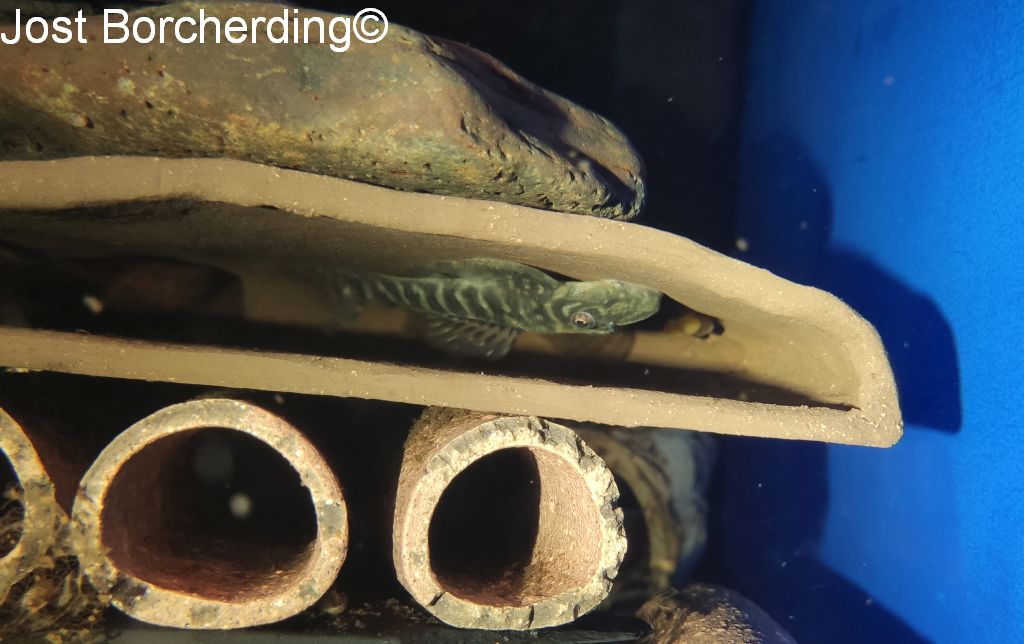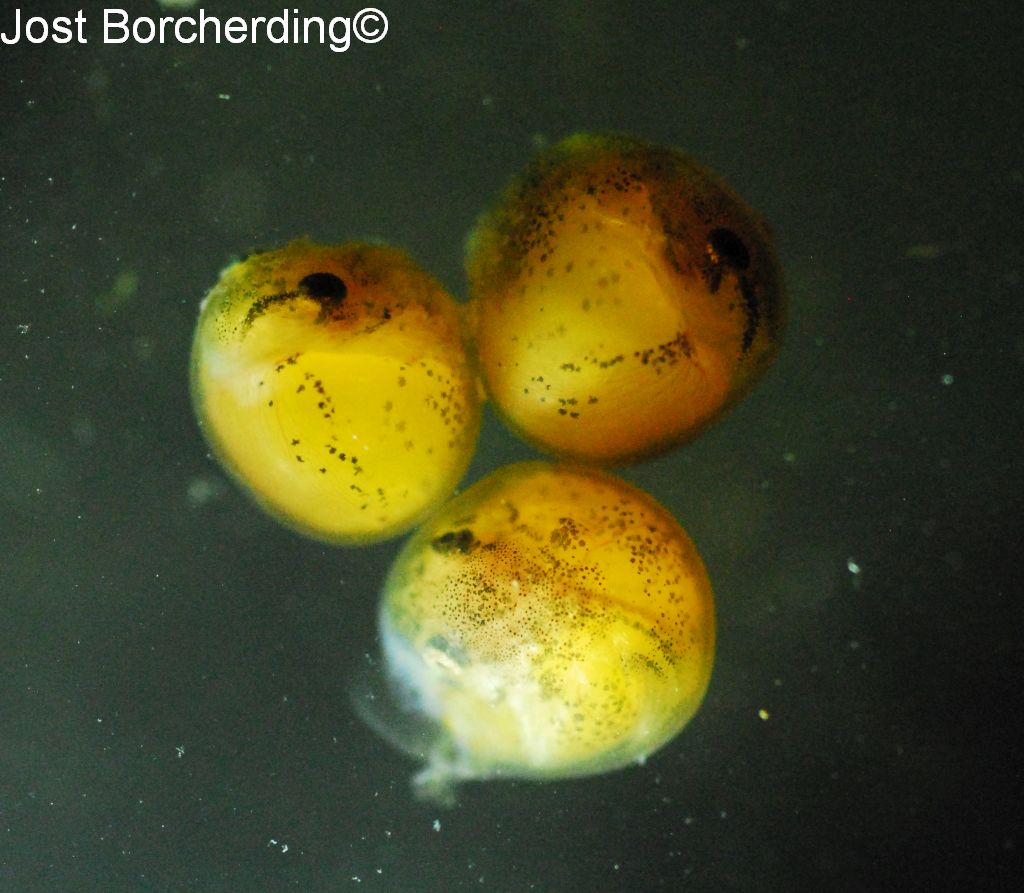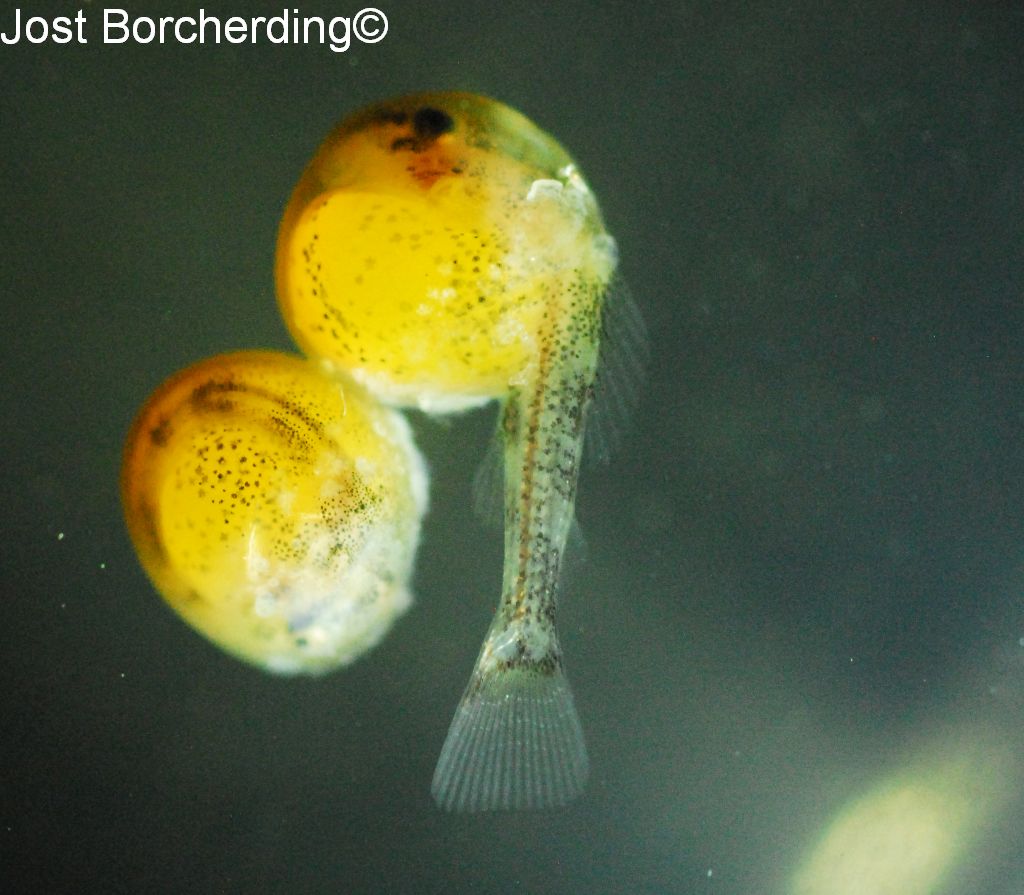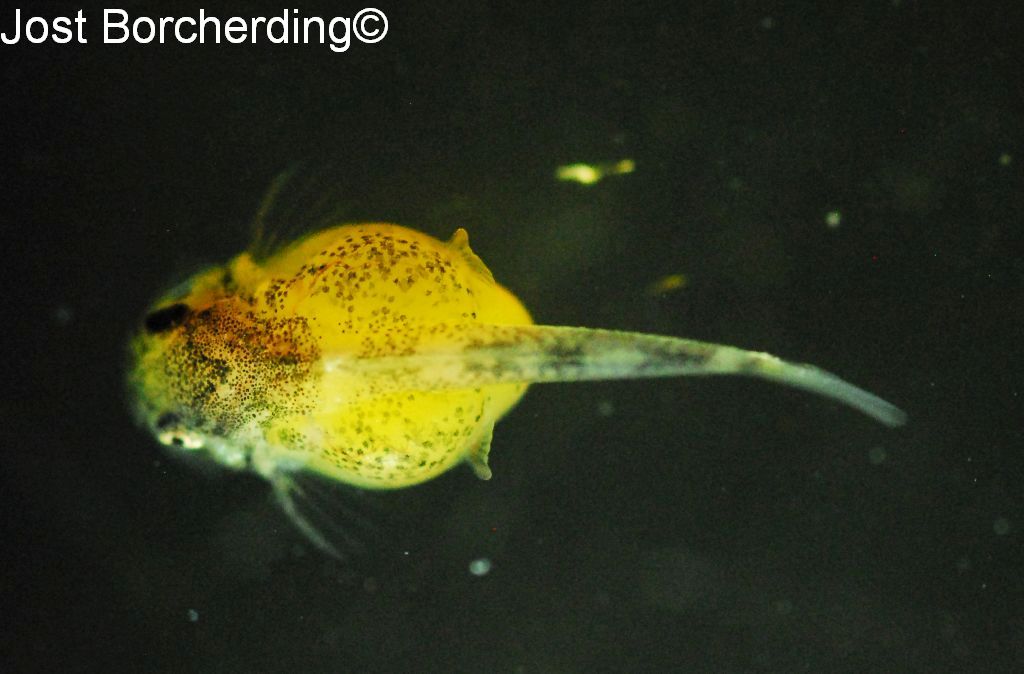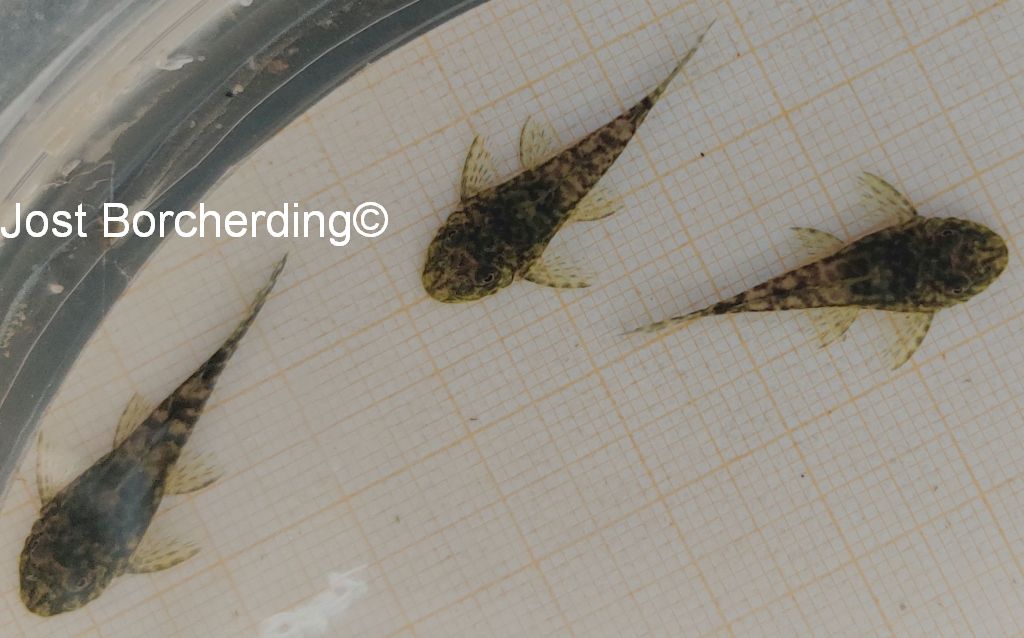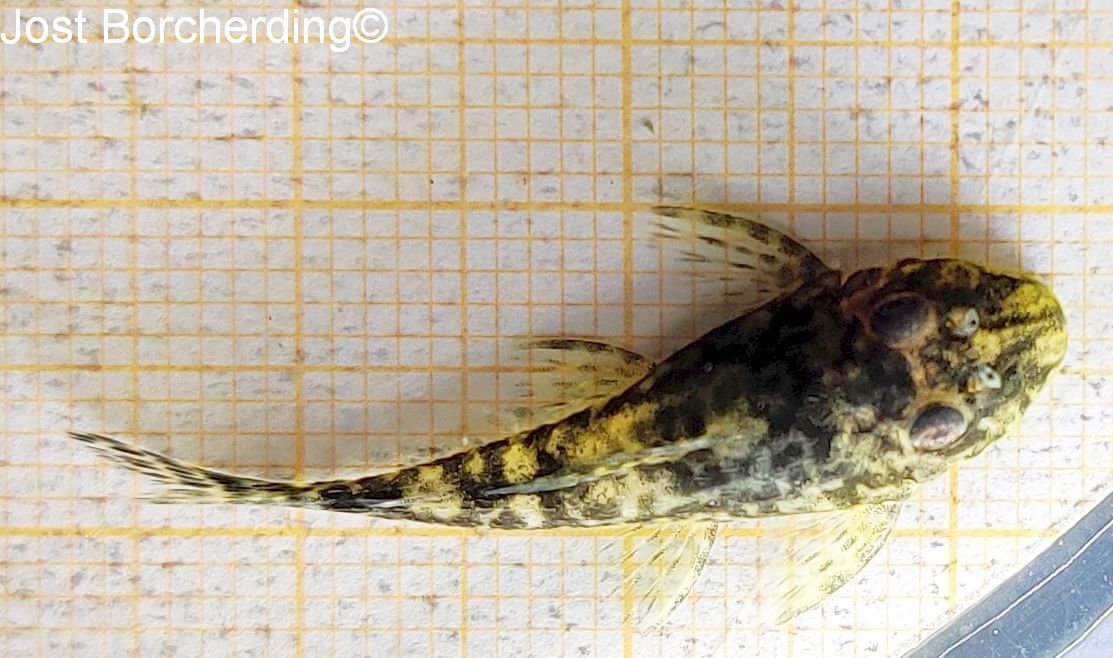Pseudolithoxus kelsorum
Christoph Helfen (Trier) had already purchased a few specimens of Pseudolithoxus kelsorum for me from a wholesaler at the beginning of 2020, which he then brought with him on a visit in September 2020, thanks again Christoph!
Pseudolithoxus kelsorum is one of the smaller species within the genus (my adults are well under 10 cm) and originates from the Orinoco catchment area. The species seems to be quite common here. Pseudolithoxus kelsorum is similar in stature and markings to Pseudolithoxus tigris L257 (https://www.nature2aqua.de/fische/pseudolithoxus-tigris/), which I have been keeping since 2015 and of which I have had individual offspring more or less regularly since the end of 2015; to my knowledge, these were the first documented NZ in the world. While you can still find Pseudolithoxus tigris on well-assorted stock lists from time to time, you have to be very lucky to get Pseudolithoxus kelsorum, unfortunately, I can only say, because it is a very attractive species, but it lives quite hidden in the aquarium.
Dear Ingo, thanks for the great picture!
I’ve already seen a male sitting next to a clutch 2-3 times, I think it’s better to say individual eggs, usually less than 3 eggs. And yes, I didn’t make a mistake, the male is sitting next to the clutch, because the eggs are really quite large (about 4mm), again quite similar to P. tigris. In any case, I only ever had eggs laid and incubated in one of the crevices
(https://www.nature2aqua.de/produkt/spaltenhoehle-ranunculus/).
In mid-September 2023 I could see the male sitting next to a few eggs again, I think there were 4 eggs at first. About 9 days later, the male was still sitting next to 3 eggs, which were already clearly developed. At a temperature of around 27-28°C, LF around 300-350 µS/cm, pH neutral to slightly acidic, hatching was therefore to be expected soon. As I had not yet been able to observe and document the development of young larvae in the tank, I decided to remove the eggs this time (inserting the cave into the EHK https://www.nature2aqua.de/produkt/free-floating-breeding-box-big-incl-bark-hiding-places/?lang=en is not possible, the cave is too large and too heavy for this). The larvae hatched as soon as the eggs were carefully removed from the cave ceiling. So I can now show you the first pictures of the eggs, the hatching and the newly hatched larvae. The hatched larvae are currently sitting with my larvae of Hemiloricaria sp. Jacareacanga (https://www.nature2aqua.de/fische/hemiloricaria-sp-jacareacanga/?lang=en), with which they will hopefully grow up together. Currently 4 days after hatching, and this is also rather unusual for the genus Pseudolithoxus, they still have a clearly visible yolk sac, so feeding and growing should take a few more days.
The 3 larvae that I transferred to the EHK at the end of September (in the company of the larvae of Hemiloricaria sp. Jacareacanga, see https://www.nature2aqua.de/fische/hemiloricaria-sp-jacareacanga/?lang=en) have now been removed from the EHK after around 7 weeks and placed in the tank with the parents. They have grown magnificently and have already reached the 3 cm mark. I think this can be considered successful rearing, so this beautiful species from the genus Pseudolithoxus has also been ‘cracked’

